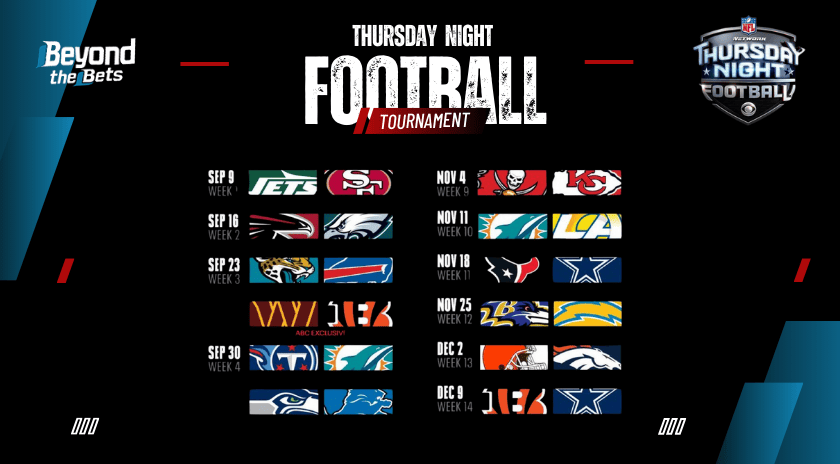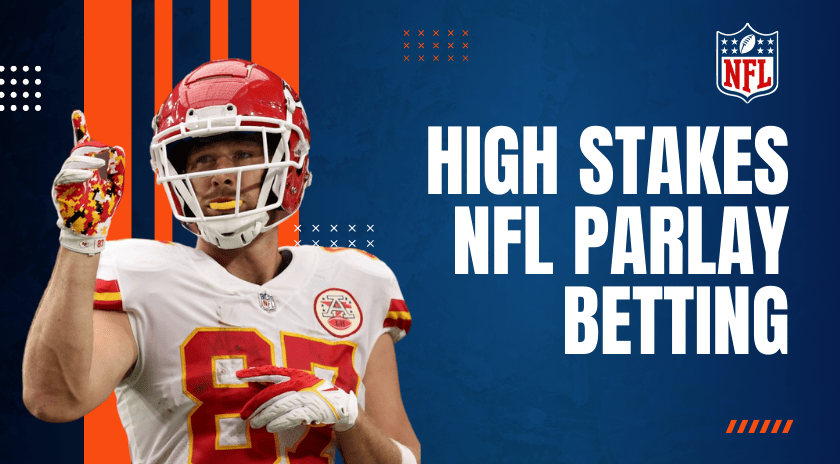Value Betting with the Kelly Criterion
Despite originating in the 1950’s The Kelly Criterion is a maths formula that remains one of the most sophisticated strategies in sports betting to determine optimal bet sizes.
The main aim of the formula is to balance perceived risk and reward by adjusting the amount wagered according to the bettor's perceived probability of winning. This not only helps bettors to maximise their potential winnings but it is also useful to manage their bankroll effectively. In this betting guide, we will explain everything you need to know to use this key tool in your sports betting strategies.

What is the Kelly Criterion?
The Kelly Criterion is designed for stake sizing that aims to maximise wealth over the long term by calculating the best amount to wager. This method is particularly useful in sports betting and investing because it looks at the real chances of winning compared to what the odds say, aiming to use this difference to make smart choices.
The formula uses probability theory to maximise the expected wealth logarithm and focuses on maximising the expected geometric growth rate. It advises betting a fraction of one's budget based on available funds and anticipated returns. In simple terms, it suggests betting more money when the chances of winning are good and wagering less when they're not so great. This approach helps manage risk while also trying to make as much profit as possible.
The formula is:
\[ w = \frac{odds \times probWin - probLoss}{odds} \]
where:
- - \( w \) represents the portion of the current bankroll to bet;
- - \( odds \) are the decimal odds offered for the wager (stake not included);
- - \( probWin \) is the chance of winning;
- - \( probLoss \) stands for the chance of losing, calculated as \( 1 - probWin \).
This formula calculates the optimal betting stake as a percentage of the total bankroll, and balances potential rewards against the risk of loss. The main objective here is to use this calculated betting fraction to maximise the growth rate of your bankroll over time while minimising the risk of bankruptcy at the same time.
The Origins of the Kelly Criterion
This formula was developed in 1956 by John L. Kelly Jr., and it was initially intended to address noise issues in long-distance telephone signals but people quickly found that it was more useful when applied in betting and investing. Its usage is so powerful that even billionaires like Warren Buffett have claimed to use it regularly.
How to Optimise Your Bet Size with the Kelly Criterion
The Kelly strategy is all about making the most money over time by using the real chances of winning to decide how much to bet. For example, if you have two choices: one wager has a 60% chance to win with a profit of 20%, and another has a 55% chance to win with a profit of 10%, the formula tells you to put more money on the first bet.
Value Betting: It's important to pick bets where you have the biggest advantage. But remember, even good bets can lose because of bad luck. For example, a wager with a 65% chance of winning can still go through a losing streak, which can eat away at your money if you've stake too much.
Risk of Over-Betting: Betting too much, like four times more than what might seem a safe amount, can be risky, especially when you're going after bets that look really profitable. The chance of making big money is there, but losses can also shrink your bankroll over time.
Practical Example:
Imagine you start with $100, and the output from the formula suggests you bet $10 on a game you have a 55% chance of winning. If you lose, you go down to $90. If you wager 10% of that ($9) on another game and lose again, your money drops to $81. This loss shows a slight but noticeable drain on your funds, which gets worse if you make even bigger bets. For instance, wagering $20 instead of $10 makes this drain on your money twice as bad, which could hurt your profits.
Betting Tips: Applying the Kelly Criterion Bet Sizing in the Real World a
Applying this Criterion begins with understanding its basic formula and how it can be adapted to various betting systems and situations.
The main goal is to calculate the optimal percentage of your bankroll to wager, by looking at how likely you are to win a bet according to the formula and compare that to the odds the bookmakers give. The formula's output, expressed as a fraction of one's bankroll, tells you what portion of your money to wager to help your money grow steadily without taking unnecessary risks.
Dealing with Several Bets at Once
If you're betting on multiple things at the same time, you need to tweak the formula a bit to account for the diversified risk. The formula can be adapted by calculating the optimal bet size for each wager individually, and then adjusting the stakes to ensure the total amount does not exceed the recommended overall betting limit. This way, you spread out your risk across different bets.
Managing Your Money with Pending Bets
When you have bets that haven't been settled yet, managing your money becomes a bit trickier. Using the Kelly Strategy in such scenarios involves recalculating your effective bankroll to reflect the potential outcomes of open bets. This means considering the possible increase or decrease in your bankroll following the settlement of these bets and adjusting your future bet sizes accordingly. By doing this, you make sure that every wager is just the right size for how much money you currently have, balancing the chance to make money against the risk of losing it.
Kelly Criterion Example in Sports Betting
Imagine you're betting on a game with odds of 3.00 (this means if you bet $1, you'll win $3 if your team wins). You think there's a 40% chance your team will win (and a 60% chance they'll lose).
To illustrate the formula in action, consider a sports betting scenario with proposed odds of 3.00 on a wager, where the probability of winning is 0.40 (40%), and the probability of losing is 0.60 (60%). Using the formula:
[ \text{((3 \times 0.40) - 0.60) / 3 = 0.20} ]
The Kelly Criterion formula suggests you should bet 20% of your money, indicating a positive expected value despite the higher risk of losing. This wager has a good chance of making you money over time because the odds are in your favour.
Now, take a real game between the NY Knicks and the Boston Celtics. The odds say the Knicks have a 52.5% chance of winning, but you think they actually have a 55% chance.
The calculation would be:
[ \text{b = 1.9 – 1} ] [ \text{p = 0.55} ] [ \text{q = 0.45} ] [ \text{(0.9 × 0.55 – 0.45) ÷ 0.9 = 0.05} ]
This results in a recommendation to wager 5% of your money on the Knicks. The key point here is the formula tells you to make a bet only if you're likely to make more money than you lose over time.
Conclusion
Using the Kelly Criterion effectively requires disciplined analysis and the willingness to adjust bet sizes based on calculated risks. If you use it correctly, it can be a great way to manage your money and make strategic bets. The goal is to keep making money from sports betting over time. However, it's important to remember that this formula is just one betting tool in your arsenal and should not be relied upon as the sole method of making decisions.




